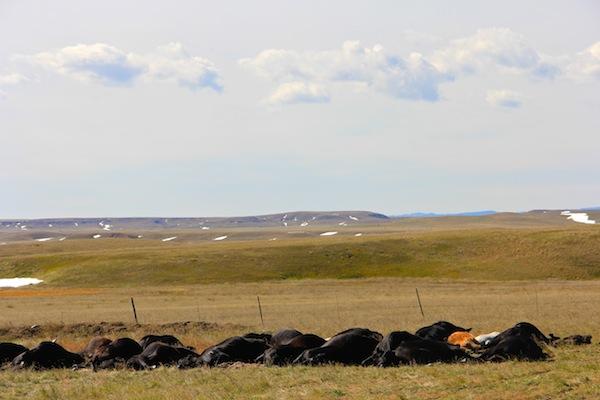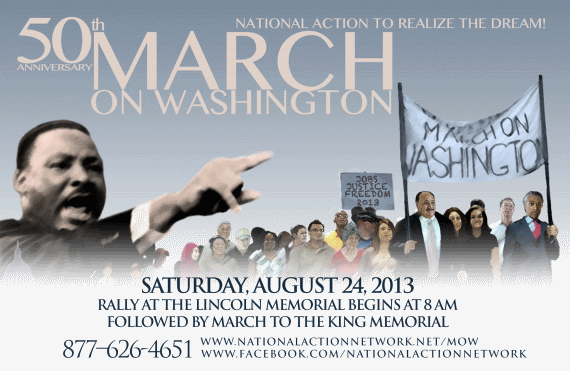By Richard Walker, ICTMN
Want to know what the next president of the National Congress of American Indians will be like? Take a look at the pace of the candidates in the weeks leading to NCAI’s convention and election.
One of the four will be elected to a two-year term as president when NCAI meets October 13-18 in Tulsa, Oklahoma. NCAI’s president is not salaried but leads an organization that has a staff of 33 and a lot of clout.
This is an influential crop of candidates.
Brian Cladoosby, Swinomish Chairman
Brian Cladoosby (Courtesy EcoTrust)
Cladoosby recently pulled in seine nets, getting a first-hand look at the results of ongoing work to restore salmon habitat, then oversaw the Tribe’s acquisition of more than 250 acres of land that had been removed from his reservation by executive order in 1873. The acreage includes a golf course and shellfish tidelands.
In Cladoosby’s 17 years as chairman, the Swinomish Tribe has emerged as one of the five largest employers in Skagit County and a major partner in efforts to restore the health of the Salish Sea. He served as president of the Affiliated Tribes of Northwest Indians, and said the NCAI presidency would give him a national platform from which to work on economic development, education, health services, and protection of natural resources.
Cladoosby served on NCAI’s board of directors and on EPA’s National Tribal Operations Committee.
“I have no doubt that Brian has the skills to advance Northwest tribal issues at a national level,” said Micah McCarty, former Makah chairman and member of the U.S. Commerce Department’s Marine Fisheries Advisory Committee.
“Tribes fared well in the Obama administration but could have done better in natural resource areas of the administration. The [Northwest Indian Fisheries Commission] Treaty Rights at Risk initiative is a case in point, regarding the need for greater national attention and better regional responses [to salmon habitat needs].”
Joe A. Garcia, former two-term NCAI president
Joe A. Garcia (Courtesy indianpridepbs.org)
Garcia, Ohkay Owingeh, spoke before the U.S. Senate Energy Committee regarding nuclear waste management and storage, and advised the U.S. Health and Human Services Department on substance abuse and mental health services.
Garcia’s leadership at NCAI is a fresh memory for many. When he left office in 2009, the National Indian Gaming Association honored him as a defender of sovereignty and a strong voice for America’s First Peoples, and New Mexico Gov. Bill Richardson proclaimed October 15, 2009 as “President Joe Garcia Day” in the state.
During his tenure, Garcia and NCAI “faced the scourge of meth, battled budget cuts aimed at cutting Indian funding, and welcomed the start of new opportunities with the Obama administration,” NIGA Chairman Ernie Stevens Jr. said at the time.
“During the 109th Congress in 2006, President Garcia’s leadership proved invaluable as Indian country came together to defend Tribal sovereignty from attacks on Indian gaming. [He] brought NCAI together with NIGA and we held over eight national meetings to develop a consensus in Indian country and take our message to Congress.”
Garcia is former governor of Ohkay Owingeh and led the 20-pueblo All Indian Pueblo Council from 2009-11. He has an electrical engineering degree from the University of New Mexico and has taught at Northern New Mexico College since 1979.
Juana Majel-Dixon, Pauma Band of Luiseno Indians council member
Juana Majel-Dixon (Courtesy NCAI)
Majel-Dixon met President Obama at Camp Pendleton, spoke on behalf of NCAI at the United Tribes International Pow Wow in Bismarck, North Dakota, and lobbied to include Alaska Native women in the Violence Against Women Act.
Majel-Dixon, NCAI’s first vice president, has been a member of the Pauma Band council since 1974, professor of U.S. policy and Indian Law at Palomar College since 1981, and the Pauma Band’s policy director since 1997. She has a doctorate in education from San Diego State University.
She has long been at the forefront of efforts to restore and expand VAWA, and is a member of the U.S. Justice Department Task Force on Violence Against Women.
Gena Tyner-Dawson, senior adviser to the Assistant U.S. Attorney General for Tribal Affairs, wrote that Majel-Dixon provides excellent leadership on national issues impacting Tribal policy matters and “provides objective viewpoints important to developing action plans, strategies and arriving at joint solutions to issues and concerns.”
George Tiger, Muscogee Creek principal chief
George Tiger (Courtesy Muscogee Nation News)
Tiger oversaw his nation’s acquisitions of Okmulgee Memorial Hospital and the George Nigh Rehabilitation Center, brokered an agreement to prevent a museum from auctioning Creek artwork and artifacts, and spoke at the annual Indian Country Business Summit on the importance of Native peoples spending money within Indian country.
Tiger has been a member of the Muscogee Creek National Council for 14 years and served as speaker in 2006-07. He is a regent of Haskell Indian Nations University, his alma mater.
Tiger leads an economic powerhouse that contributes to the copy0.8 billion economic impact on Oklahoma by the state’s 38 indigenous nations. Muscogee Creek-owned enterprises include a document imaging company; construction, technology and staffing services; travel plazas; and 11 casino/event centers. The College of the Muscogee Nation, founded in 2004, offers associate degrees and Mvskoke language classes.
Muscogee Creek’s government has an annual budget of more than copy06 million and more than 2,400 employees, and provides public services in eight administrative districts.
Read more at http://indiancountrytodaymedianetwork.com/2013/09/19/4-candidates-campaigning-be-next-ncai-president-151344















